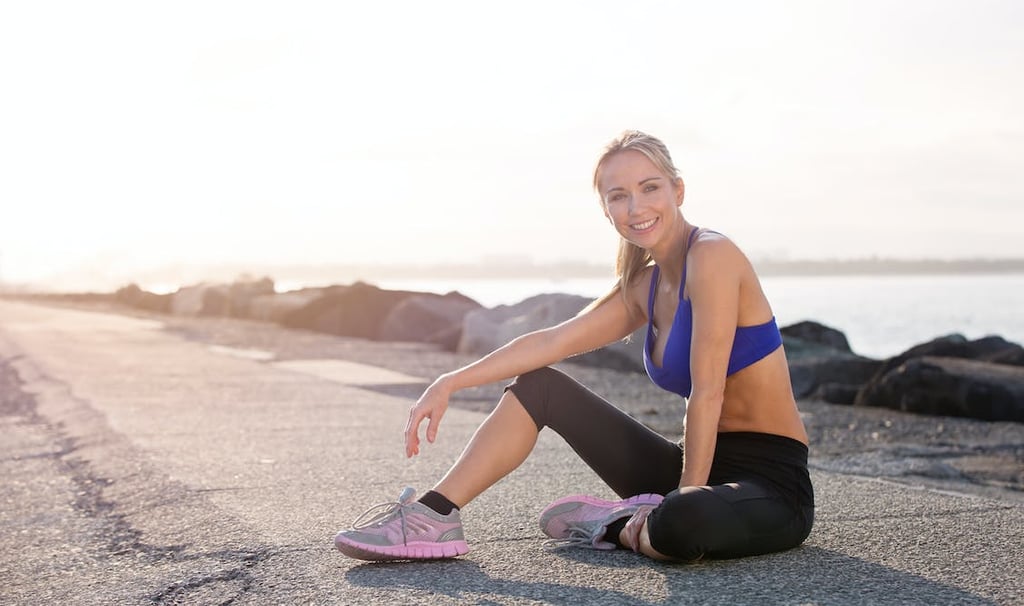Combatting Varicose Vein Pain in the Summer: A Patient’s Guide


In China, a significant number of adults face the challenges of venous diseases. If you’re among them, you might have noticed an increase in pain associated with varicose veins during the warmer months. The reasons behind this phenomenon are varied, some of which are visible, while others occur beneath the skin’s surface.
1. The Effects of Summer Heat on Veins
During the hot summer, you may find your varicose veins becoming more troublesome. However, it’s not the direct exposure to sunlight but the increased temperatures that exacerbate discomfort related to varicose veins. Although not everyone will experience a noticeable increase in venous discomfort due to higher temperatures, the likelihood of discomfort increases when you spend more time in hot weather or when the temperature rises.
An interesting process called vasodilation occurs beneath your skin. In this process, your blood vessels expand in response to certain environmental triggers, such as high summer temperatures. This expansion helps your body cool down by speeding up blood flow to your skin. However, it also worsens the symptoms of venous insufficiency because it increases the volume of blood your veins need to accommodate – a process many people don’t fully understand due to a lack of knowledge about how the body adjusts to temperature changes.
2. Ways to Relieve Varicose Vein Pain
Throughout the year, especially in the summer, there are strategies to alleviate varicose vein pain. Experts from the Dr. Smile Medical Group suggest the following:
1. Elevate Your Legs
To immediately alleviate pain and discomfort associated with varicose veins, try elevating your legs higher than your heart. This promotes effective blood flow from your lower body to your heart.
2. Use Cold Water
If you find a sense of pain in your legs at the end of the day, try letting cold water run over your legs in the shower. Cold water will cause your blood vessels to contract, reducing swelling, cramping, and general discomfort and heaviness associated with varicose veins.
3. Stretch and Exercise Regularly
Engaging in short exercises that help stretch your calf muscles can also be beneficial. This is especially useful on long trips when your leg movement is restricted. Get into the habit of frequently flexing your feet.
3. Tips to Prevent Varicose Vein Pain
Like managing other chronic diseases, prevention should be emphasized. Experts from the Dr. Smile Medical Group offer the following preventive advice:
1. Change Lifestyle Habits
– Maintain a proper weight: Being overweight increases pressure on the legs, leading to issues of varicose veins and pain.
– Lead an active lifestyle: Frequent movement helps promote blood flow, preventing blood from pooling in the veins.
– Avoid standing or sitting for long periods: Both situations increase pressure on the leg veins. If you have to stand or sit for extended periods, remember to move your legs regularly to promote blood flow.
2. Choose the Right Clothing
– Wear compression stockings: These provide graduated pressure from the ankle to the calf, helping blood flow towards the heart and preventing symptoms of varicose veins.
– Choose loose clothing and low-heeled shoes: Tight clothing and high heels may hinder blood circulation, increasing pressure on leg veins.
If you have any concerns or want to know more about pain management techniques, don’t hesitate to seek professional medical advice. We believe that with proper care and management, you can enjoy a more comfortable and healthier life all year round.
